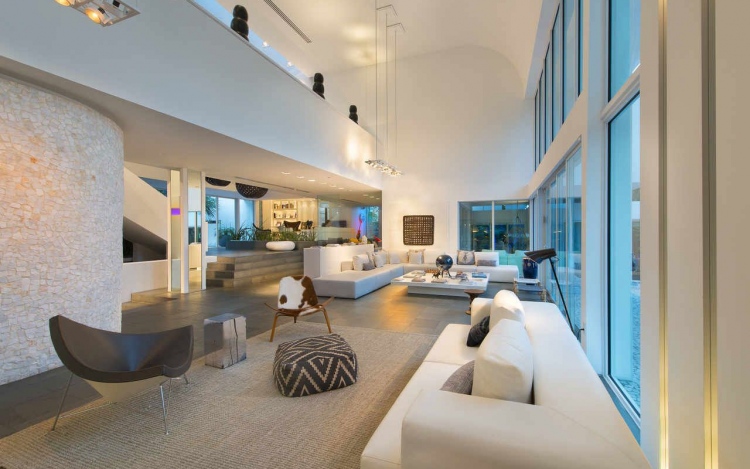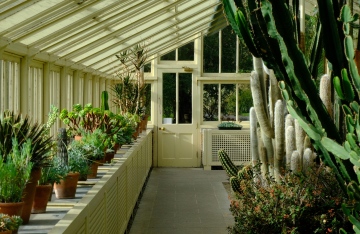For different reasons, high ceiling rooms could prove to be a tough challenge. This includes determining the proper way of having proper lighting strategy. In many cases, typical wall sconces and table lamps won’t work. In fact, a couple of ceiling lights may not be sufficient to provide the necessary general lighting for the room. There are many things that we need to consider, such as the location of appliances and furniture that we need to have. We may need to have an adequate electrical wiring setup that allows us to get extra lighting outlets that for high traffic areas. If the ceiling has interesting features, such as murals and plastic moldings, we may need to give them enough emphasis, by installing lighting outlets over or directly opposite these features. We should be aware that the high ceiling itself is an interior feature, so it needs to be shown off with the right kind of lighting.
We may install proper light fixtures along the corners of the ceiling. This should allow us to emphasize the expanse and height of high ceiling rooms. Lights should be really beneficial, because we can provide ambient lighting to any high ceiling room by using chandeliers and flood lights. These lights should be placed at regular intervals and we may use stronger lights near prominent areas, such as display cases and entertainment centers. Depending on our interior concept, we may use traditional or modern chandeliers. They are useful in any high ceiling rooms, because lighting can be brought nearer to the floor and closer to the eye level. For ambient lighting, we may use sconces, which can be arranged together to deliver the right kind of visual appeal. The higher the ceiling is, the taller and larger the sconces that you need. When placed vertically, up to 3 feet of sconces may add visual appeal and break up the wall.
If there are decorative and architectural features that you want to emphasize, you may use accent lighting. For this purpose, you may use spot lights. Spot lights may also properly illuminate moldings and murals. Arches, cupolas and recessed corners may also be featured well with spot lighting. But what if the ceiling is extremely high, then you will need more hanging and flood lights to provide adequate general lighting. Again, if there are intricate decors, extensive murals and recessed corners that you want to show off, you will need proper spot lighting. For task lighting, larger and taller lamps will be required. It is a good idea to check with the lighting professionals to find out whether we are missing something with our interior lighting strategy. There are a few concepts that we may forget to incorporate in our overall design and this may not be a good thing if we want to get exceptional results with our works. It’s often about using common sense to get results that we want, as well as some experimentation to move beyond our expectations.




